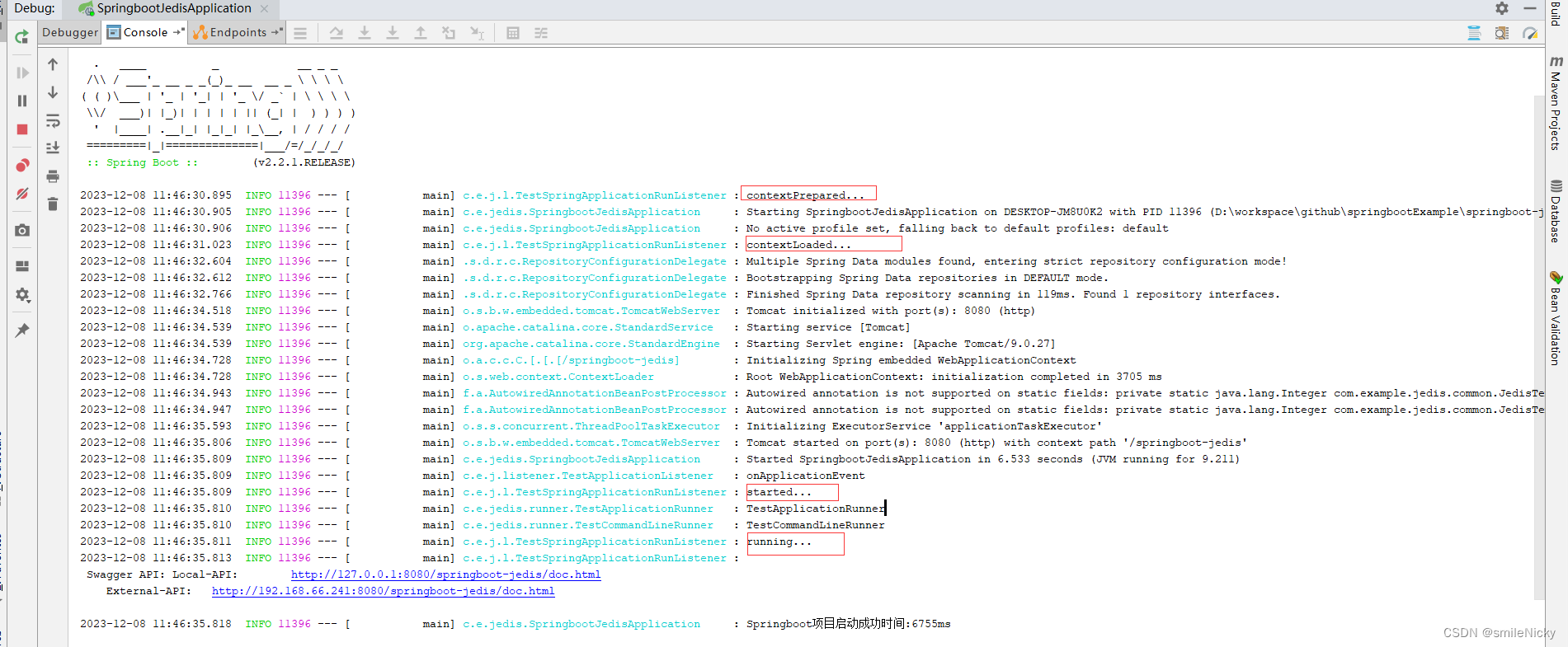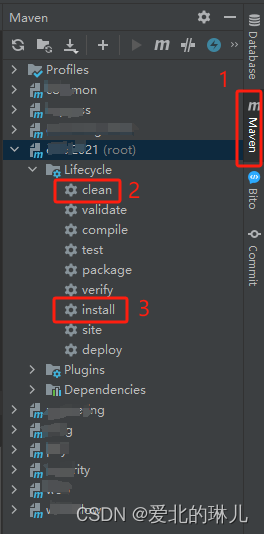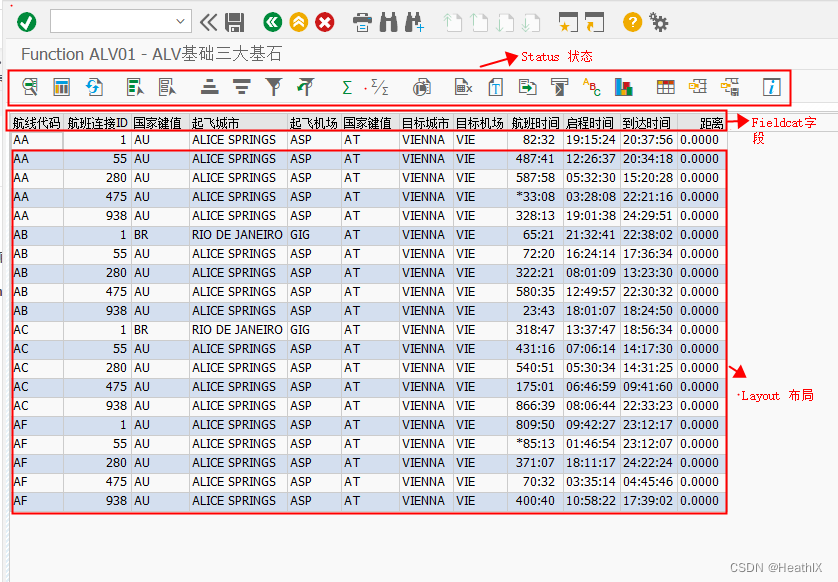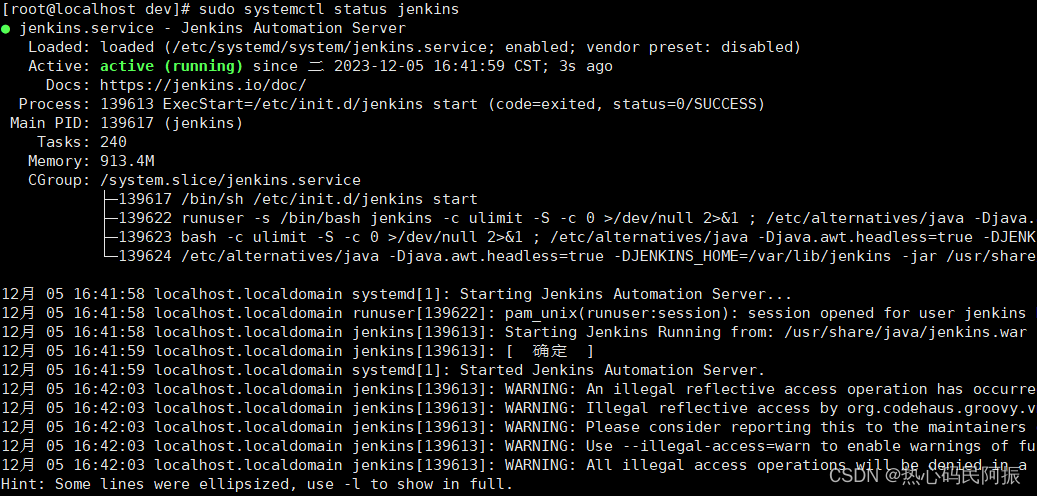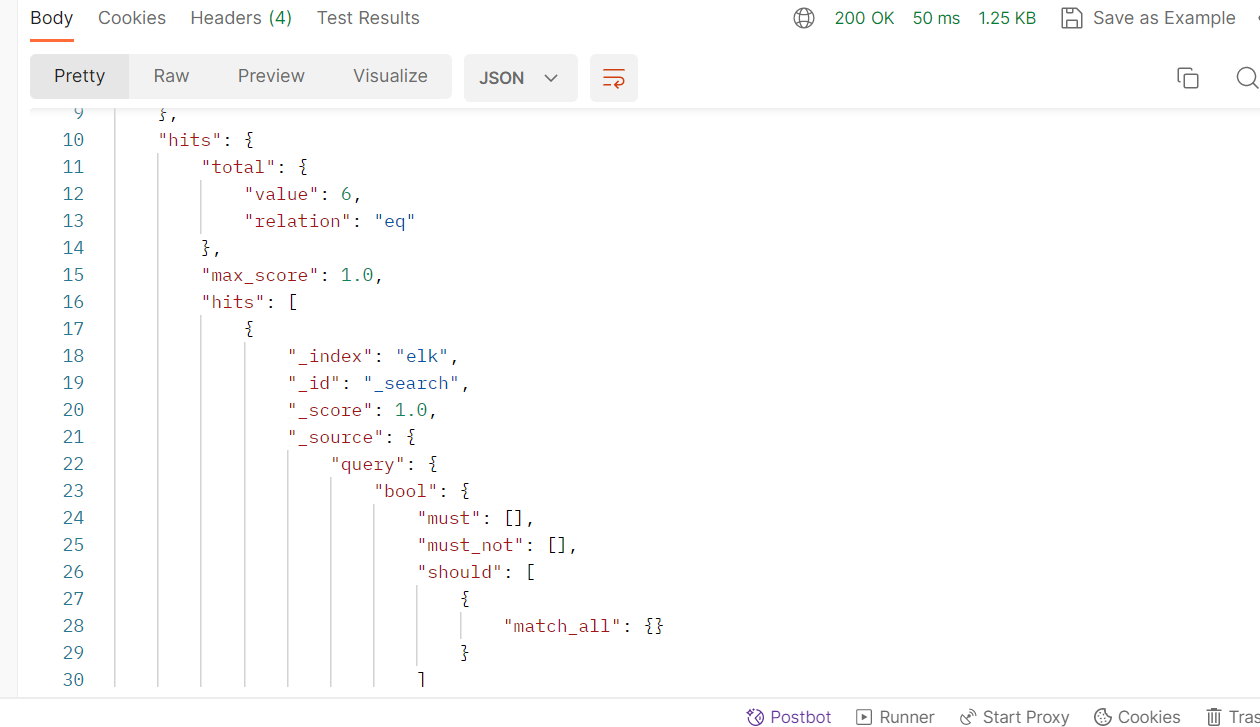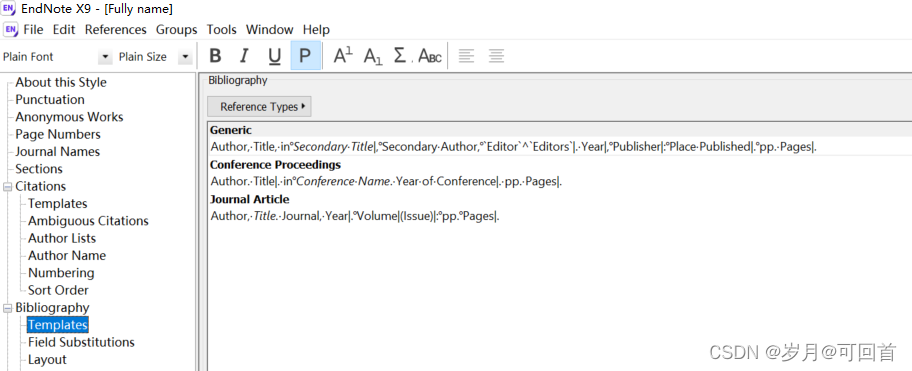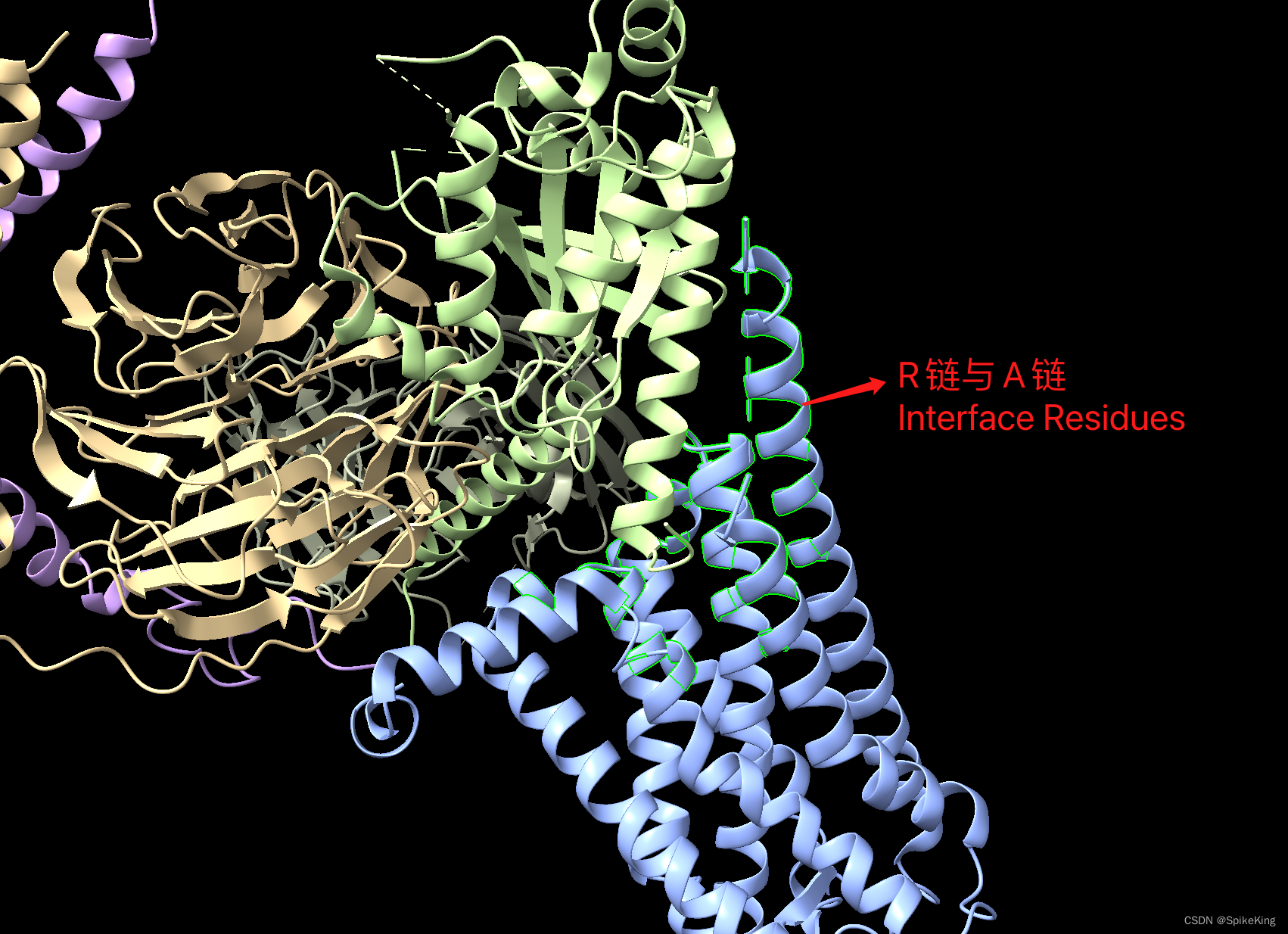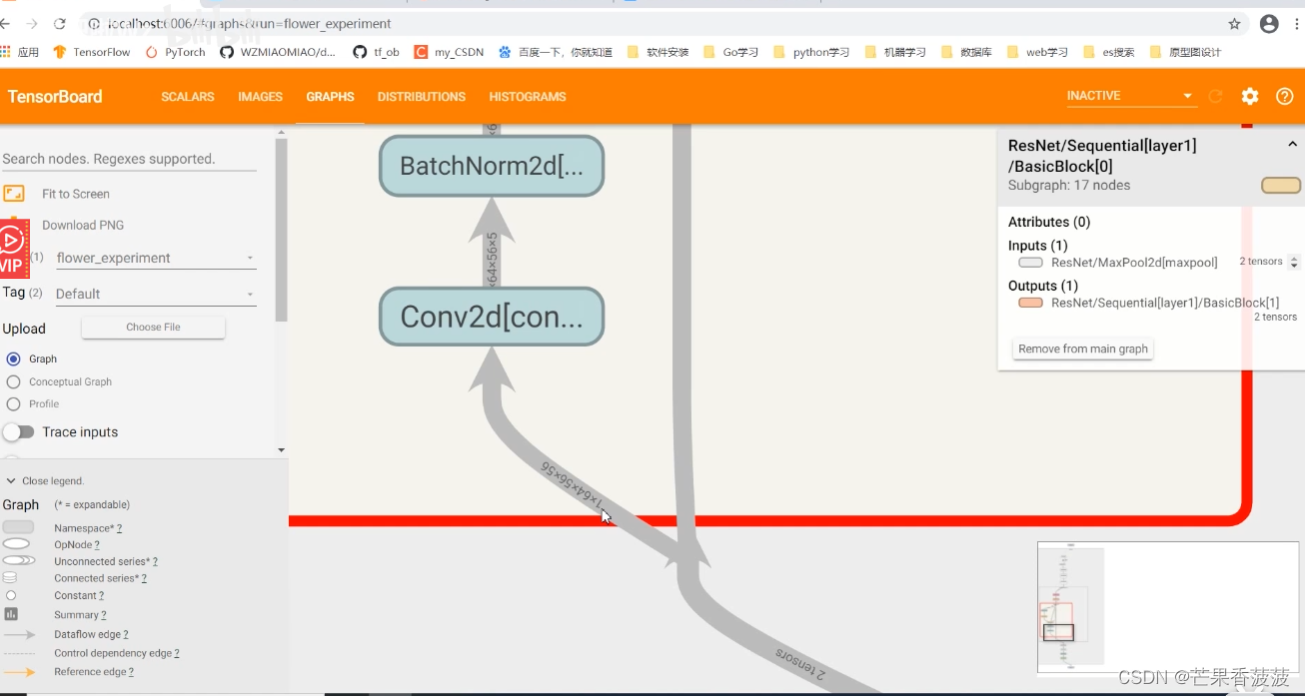我们在开发中需要对用户敏感数据进行加解密,比如密码
这边科普一下RSA算法
RSA是非对称加密算法,与对称加密算法不同;在对称加密中,相同的密钥用于加密和解密数据,因此密钥的安全性至关重要;而在RSA非对称加密中,有两个密钥,一个是公钥,用于加密数据,另一个是私钥,用于解密数据;这意味着公钥可以公开分发,而私钥必须保持秘密;
RSA非对称加密的主要应用包括:
数据加密:使用接收者的公钥加密数据,只有拥有相应私钥的接收者才能解密;
数字签名:使用发送者的私钥对数据签名,接收者可以使用发送者的公钥验证签名,确保数据的完整性和来源的真实性;
密钥协商:RSA也用于安全协议中,如TLS/SSL,用于安全地交换对称加密密钥,从而实现保密通信;
非对称加密算法提供了更高的安全性,因为加密和解密使用不同的密钥,攻击者无法从公钥推导出私钥;但由于非对称加密计算成本高昂,通常不用于大规模数据的加密,而是用于安全协商和数字签名等场景今天就实现了一个RSA工具类,可以很轻松的对数据进行加解密
不需要加依赖,代码如下
public class RSAUtils {
/**
* @param plaintext 要加密的字符串
* @param publicKeyStr 传入的公钥,是一个字符串
* @return 加密后的字符串, 以Base64编码的形式返回
* @throws Exception 异常
* 这个方法接受一个要加密的字符串和一个公钥字符串,使用公钥进行加密,然后返回加密后的字符串
*/
public static String encrypt(String plaintext, String publicKeyStr) throws Exception {
PublicKey publicKey = getPublicKeyFromString(publicKeyStr);
Cipher cipher = Cipher.getInstance("RSA");
cipher.init(Cipher.ENCRYPT_MODE, publicKey);
byte[] encryptedBytes = cipher.doFinal(plaintext.getBytes());
return Base64.getEncoder().encodeToString(encryptedBytes);
}
/**
* @param encryptedText 要解密的字符串
* @param privateKeyStr 传入的私钥,是一个字符串
* @return 解密后的原始字符串
* @throws Exception 异常
* 这个方法接受一个要解密的字符串和一个私钥字符串,使用私钥进行解密,然后返回解密后的原始字符串
*/
public static String decrypt(String encryptedText, String privateKeyStr) throws Exception {
PrivateKey privateKey = getPrivateKeyFromString(privateKeyStr);
Cipher cipher = Cipher.getInstance("RSA");
cipher.init(Cipher.DECRYPT_MODE, privateKey);
byte[] encryptedBytes = Base64.getDecoder().decode(encryptedText);
byte[] decryptedBytes = cipher.doFinal(encryptedBytes);
return new String(decryptedBytes);
}
/**
* @return
* @throws Exception
* 随机生成一个长度为2048的RSA公私钥对
*/
public static KeyPair generateKeyPair() throws Exception {
KeyPairGenerator keyPairGenerator = KeyPairGenerator.getInstance("RSA");
keyPairGenerator.initialize(2048);
return keyPairGenerator.generateKeyPair();
}
/**
* @param publicKey
* @return
* 拿出刚生成Base64格式的私钥对的公钥字符串
*/
public static String publicKeyToString(PublicKey publicKey) {
return Base64.getEncoder().encodeToString(publicKey.getEncoded());
}
/**
* @param privateKey
* @return
* 拿出刚生成Base64格式的私钥对的私钥字符串
*/
public static String privateKeyToString(PrivateKey privateKey) {
return Base64.getEncoder().encodeToString(privateKey.getEncoded());
}
/**
* @param publicKeyStr
* @return 公钥私钥对象
* @throws Exception
* 将刚拿出的Base64格式的私钥对的私钥字符串生成公钥对象
*/
public static PublicKey getPublicKeyFromString(String publicKeyStr) throws Exception {
byte[] publicKeyBytes = Base64.getDecoder().decode(publicKeyStr);
X509EncodedKeySpec spec = new X509EncodedKeySpec(publicKeyBytes);
KeyFactory keyFactory = KeyFactory.getInstance("RSA");
return keyFactory.generatePublic(spec);
}
/**
* @param privateKeyStr
* @return
* @throws Exception
* 将刚拿出的Base64格式的私钥对的私钥字符串生成私钥对象
*/
public static PrivateKey getPrivateKeyFromString(String privateKeyStr) throws Exception {
byte[] privateKeyBytes = Base64.getDecoder().decode(privateKeyStr);
PKCS8EncodedKeySpec spec = new PKCS8EncodedKeySpec(privateKeyBytes);
KeyFactory keyFactory = KeyFactory.getInstance("RSA");
return keyFactory.generatePrivate(spec);
}
public static void main(String[] args) throws Exception {
// 生成RSA密钥对
KeyPair keyPair = generateKeyPair();
PublicKey publicKey = keyPair.getPublic();
PrivateKey privateKey = keyPair.getPrivate();
// 将公钥和私钥转换为字符串
String publicKeyStr = publicKeyToString(publicKey);
String privateKeyStr = privateKeyToString(privateKey);
System.out.println("公钥: " + publicKeyStr);
System.out.println("私钥: " + privateKeyStr);
// 加密和解密测试
String plaintext = "大白猫真厉害";
String encryptedText = encrypt(plaintext, publicKeyStr);
System.out.println("加密后的子串: " + encryptedText);
String decryptedText = decrypt(encryptedText, privateKeyStr);
System.out.println("解密后的子串: " + decryptedText);
}
}
结果如下

将数据用公钥加密,用私钥解密,这样就可以了
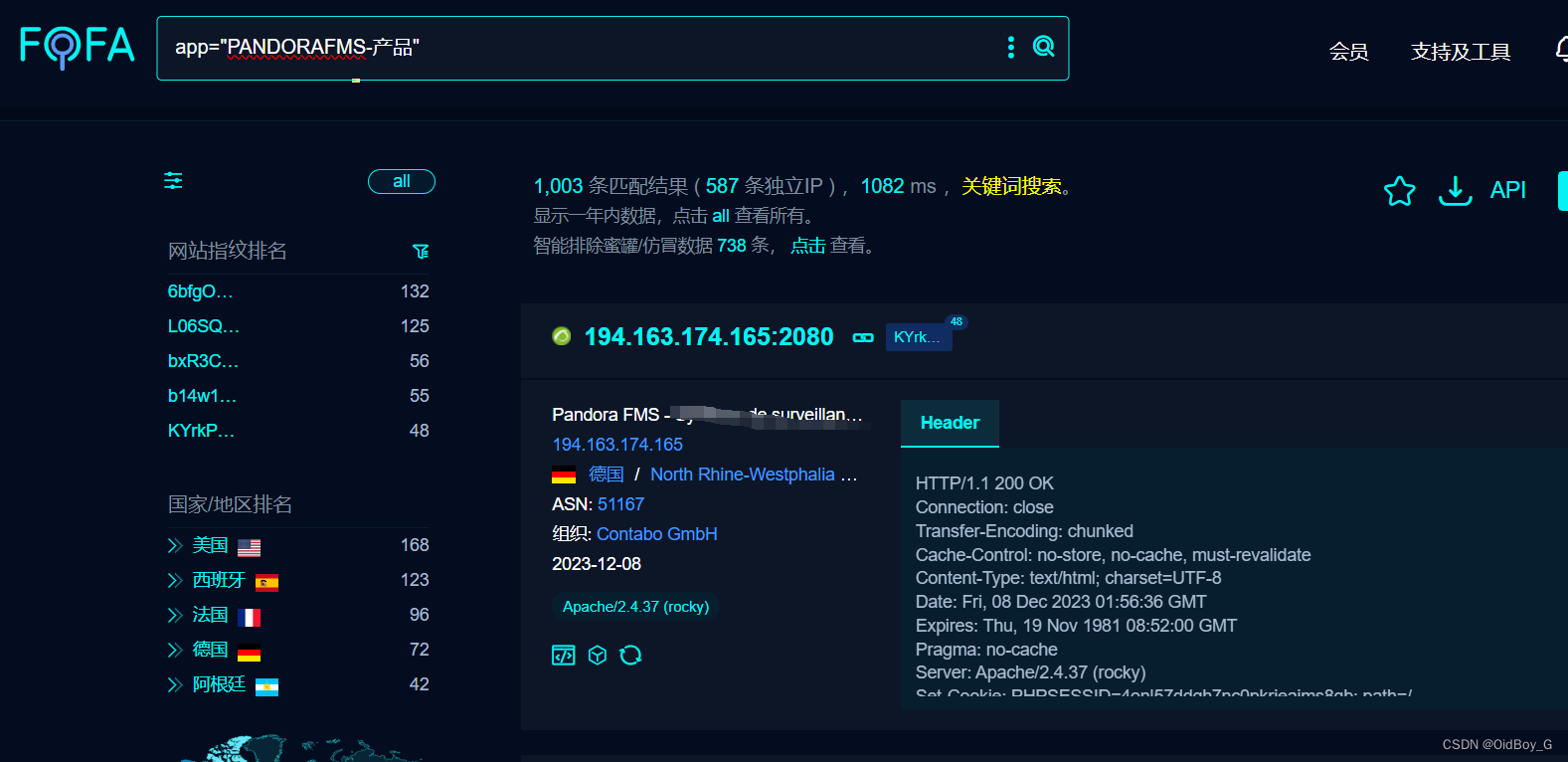
![队列排序:给定序列a,每次操作将a[1]移动到 从右往左第一个严格小于a[1]的元素的下一个位置,求能否使序列有序,若可以,求最少操作次数](https://img-blog.csdnimg.cn/direct/d00b9c3138bb48b7a5e3850fe91d6aa8.png)
